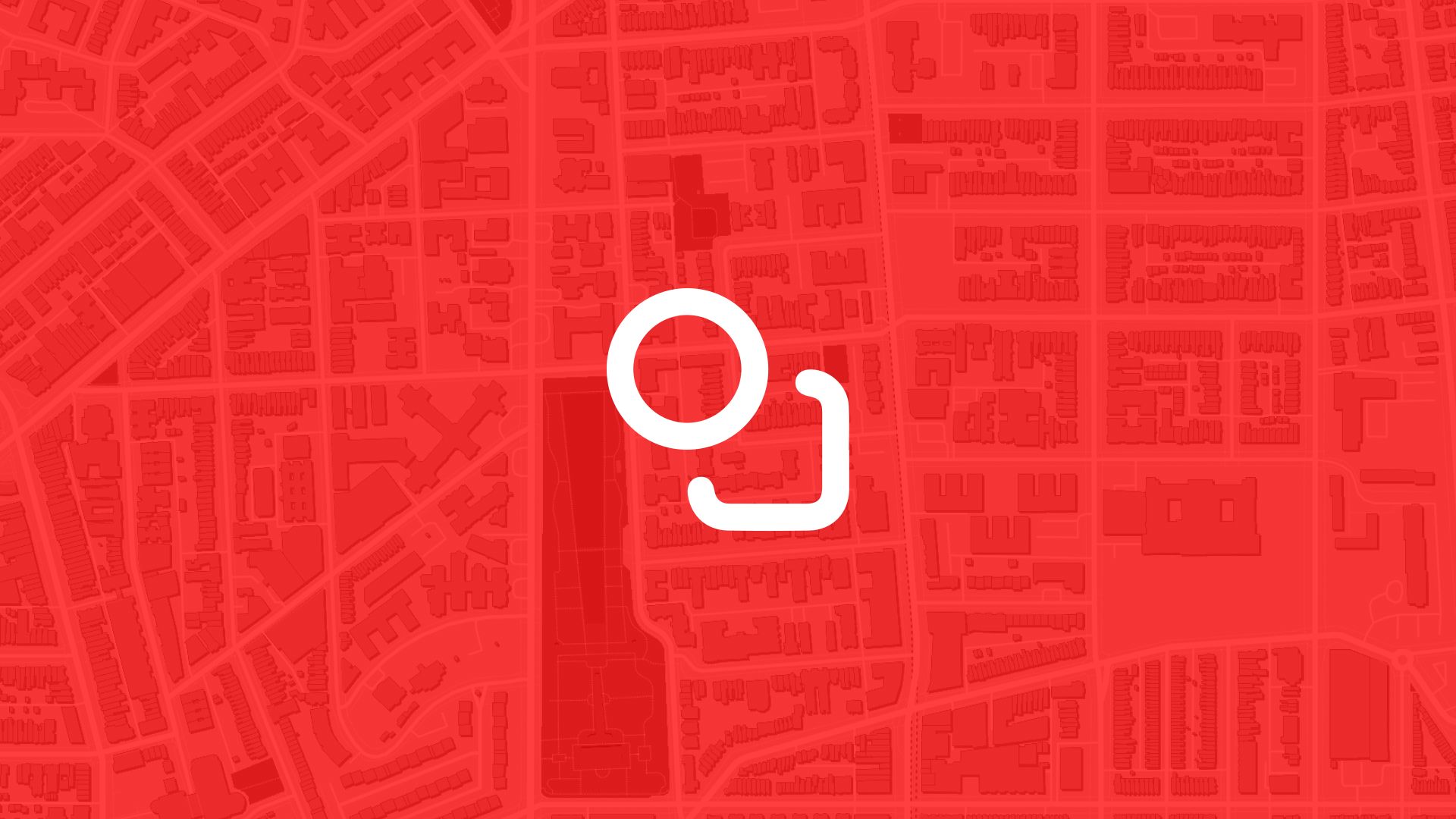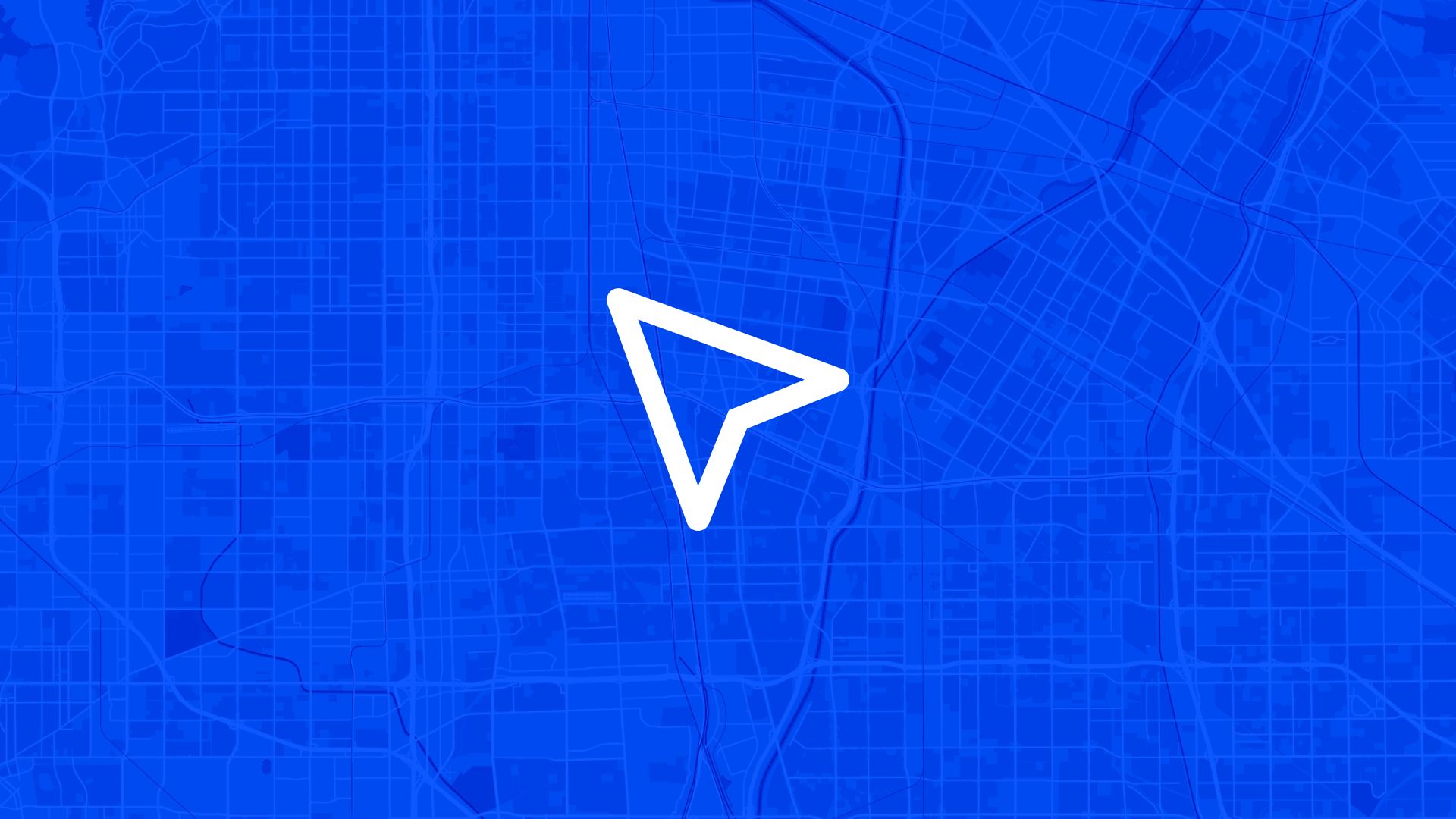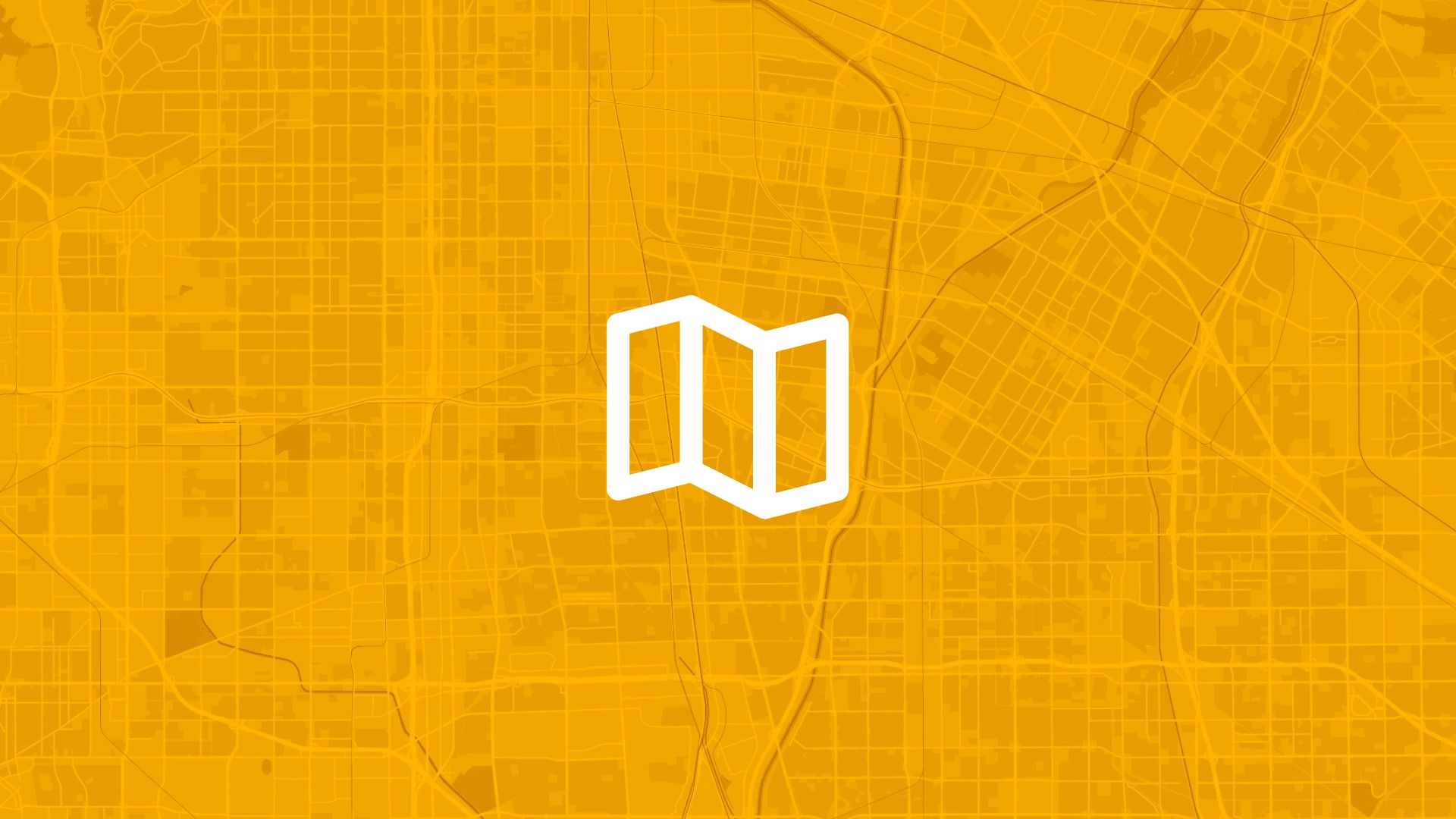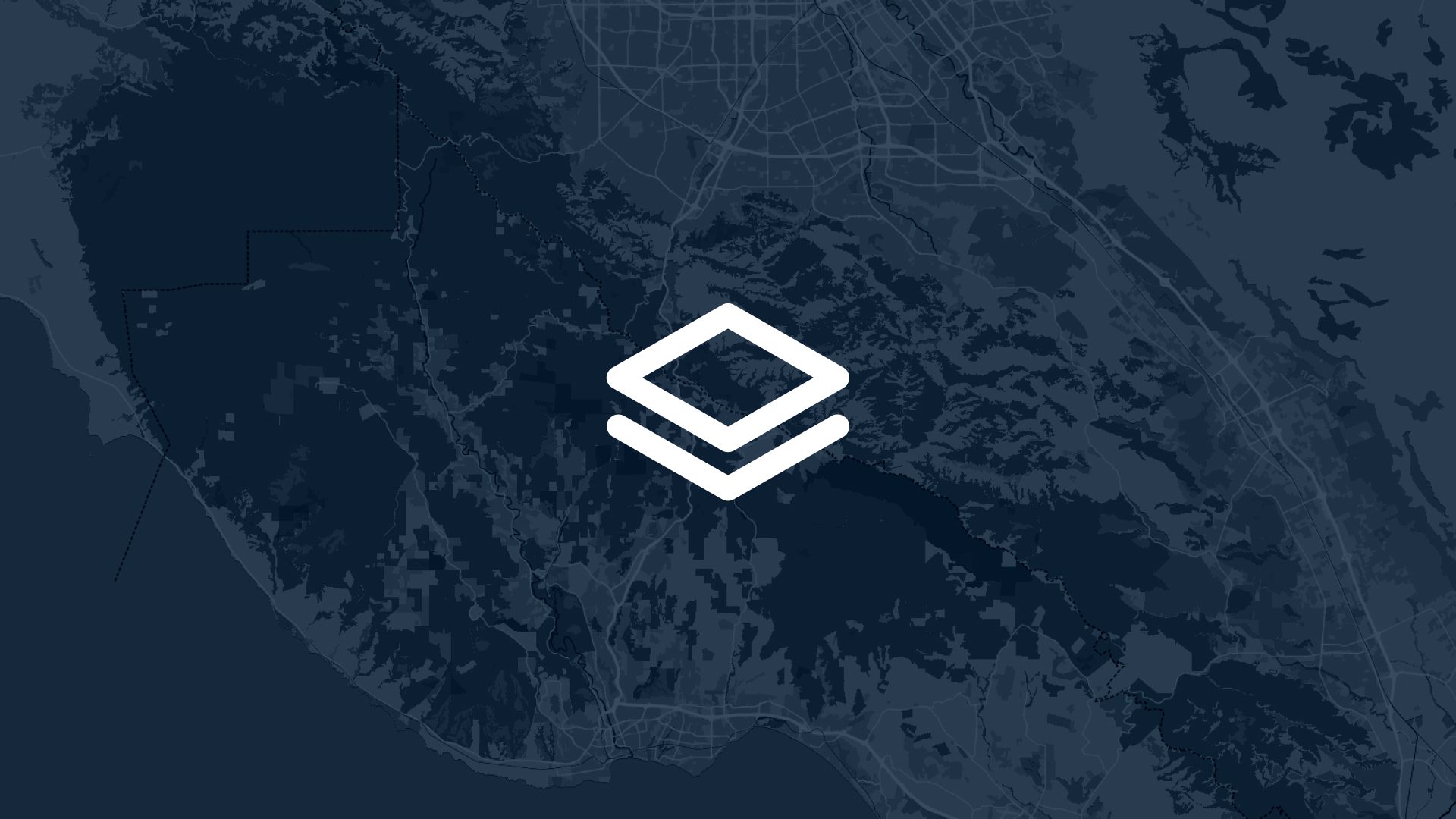Implementing Geographic Information Systems (GIS) in local government can significantly enhance decision-making, improve service delivery, and increase community engagement. However, understanding the associated costs is crucial for any municipality planning to invest in GIS technology.
This article explores the various costs involved, potential solutions, and strategies for implementation.
Understanding the Need for GIS in Local Government
GIS technology provides powerful tools for managing spatial data. For local governments, this capability translates into better urban planning, efficient resource management, and enhanced public services. Common applications include land-use planning, infrastructure management, public safety, and environmental monitoring.
Key Components of GIS Implementation
Software Costs
Software licensing is one of the primary costs in GIS implementation. Depending on the needs of the government, solutions can range from free, open-source platforms like QGIS to subscription-based models such as ArcGIS Online or Mapbox. The choice between these options often depends on the complexity of required analyses and the need for integration with other systems.
Open-source GIS software, such as QGIS and GRASS GIS, offers robust alternatives with no licensing fees but might require additional training and support due to their complexity.
Hardware Costs
GIS systems can demand significant hardware resources, especially for processing large datasets and complex analyses. Costs include high-performance servers, data storage solutions, and workstations. Many smaller municipalities opt for cloud-based solutions to mitigate these costs, offering scalability without the need for extensive physical infrastructure.
Data Acquisition Costs
Another critical component is data acquisition. Many GIS applications require up-to-date geographic data such as satellite images, topographic maps, and demographic information. Costs here can vary widely depending on whether the data is freely available from public sources or must be purchased from private vendors.
Human Resource Investment
Training and Hiring
Training costs for existing staff or hiring new staff with expertise in GIS can be significant. Investing in training ensures that staff can efficiently use the GIS technology to its full potential, maximizing the return on investment. Many organizations also consider partnering with universities or professional training providers to offer cost-effective training solutions.
Support and Maintenance
Ongoing support and maintenance represent another cost. These can include software updates, technical support, and system maintenance to ensure the GIS remains fully operational. For open-source software, community forums often provide informal support, while commercial software vendors typically offer structured support plans.
Strategic Partnerships and Grants
Local governments often collaborate with universities, non-profits, or other municipalities to share resources and reduce costs. Additionally, various governmental grants and funding opportunities exist that can offset some of the initial investment required for GIS implementation.
Cost-saving Recommendations
Leveraging Open-source Solutions
Adopting open-source software can significantly reduce software licensing costs. QGIS and GRASS GIS are exemplary alternatives that provide powerful tools without ongoing licensing fees.
Phased Implementation
A phased approach to implementation allows local governments to spread the cost over time. Starting with core functionalities and incrementally adding more complex features can be more financially manageable and allows staff to gradually adapt to the new system.
Cloud-based Solutions
Utilizing cloud-based GIS solutions can reduce the need for extensive hardware investment. They offer flexible pricing models based on usage, reducing upfront costs and allowing agencies to scale resources as needed.
The Value of GIS in Local Government
While the costs associated with implementing GIS can be substantial, the benefits often far outweigh the investment. Improved decision-making capabilities, enhanced public services, and the ability to engage more effectively with community stakeholders make GIS a vital tool for modern governance. Local governments that leverage GIS effectively can realize savings and efficiency improvements across multiple departments.
By carefully planning and managing the implementation of GIS, local governments can ensure that they gain the maximum benefit from this powerful technology while minimizing costs.
How Atlas Eases GIS Implementation for Local Governments
Simplified and Cost-Effective Solutions
Atlas is revolutionizing how local governments implement GIS by offering a platform that is both affordable and user-friendly. With Atlas, municipalities can avoid the high costs traditionally associated with GIS implementation, such as expensive software licensing and the need for powerful, costly hardware setups. Atlas works directly from the browser, eliminating installation costs and allowing users to work from virtually any device.
Emphasis on Collaboration and Accessibility
One of Atlas's standout features is its collaborative nature. It enables multiple stakeholders within a local government to work together seamlessly on spatial planning and analysis. This real-time collaboration feature is especially beneficial for departments that need to work on projects collectively, such as urban planning, environmental monitoring, or public safety.
Flexibility and Scalability
Atlas provides a scalable solution that can grow with the needs of any local government. For smaller municipalities that might be concerned about high initial investment or limited resources, Atlas offers flexible pricing models based on usage, which can significantly reduce financial risk. This scalability ensures that as the needs of the municipality evolve, the GIS system can expand without exorbitant costs.
User-Friendly Interface
For government staff who may not be GIS experts, Atlas offers an intuitive, user-friendly interface that simplifies the learning curve associated with GIS technologies. This ease of use means that staff can quickly become proficient in utilizing the system, leading to faster implementation and quicker realization of benefits.
Open Data Compatibility
Atlas supports integration with various data formats and sources, facilitating easy integration of both internally generated data and external data sources. This feature is crucial for local governments looking to maximize the use of open data and share information across departments.
Empowering Data-Driven Decision Making
The ability to create detailed, interactive maps and conduct sophisticated spatial analysis empowers local governments to make better, data-driven decisions. Whether pinpointing service delivery improvements or engaging in long-term planning, Atlas provides the tools necessary for informed decision-making that can lead to cost savings and increased efficiency.
With these features, Atlas makes it possible for local governments to harness the power of GIS without being weighed down by costs or complexity, turning geographical data into actionable insights easily and effectively.





